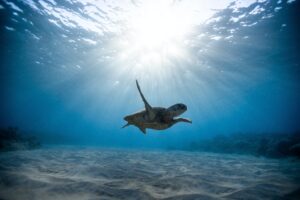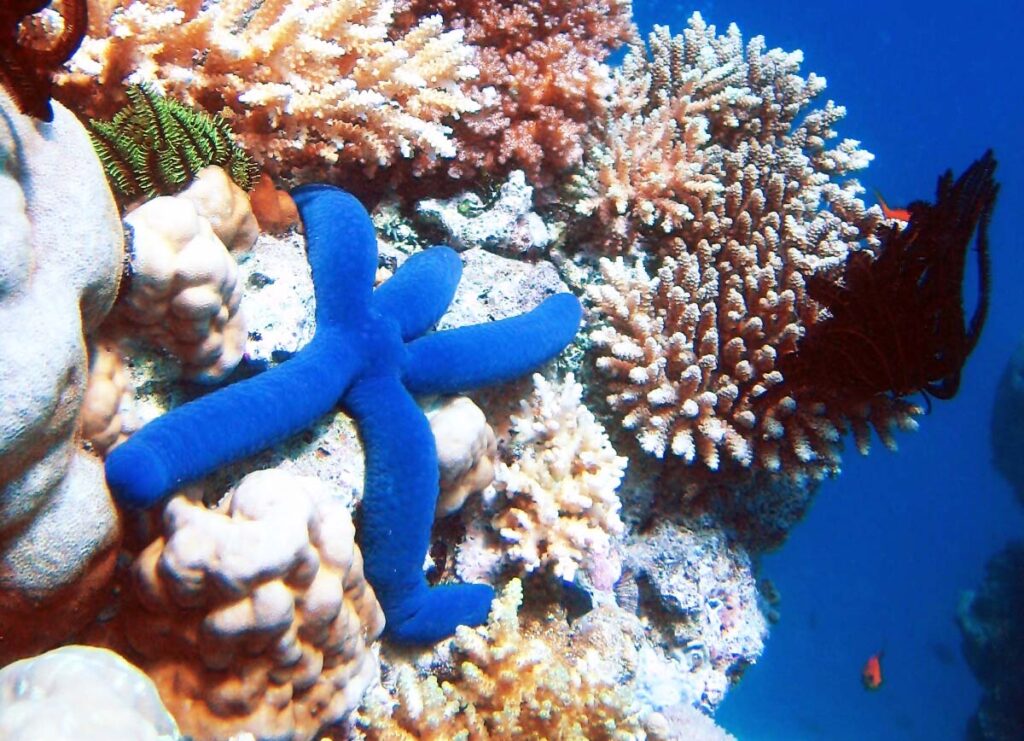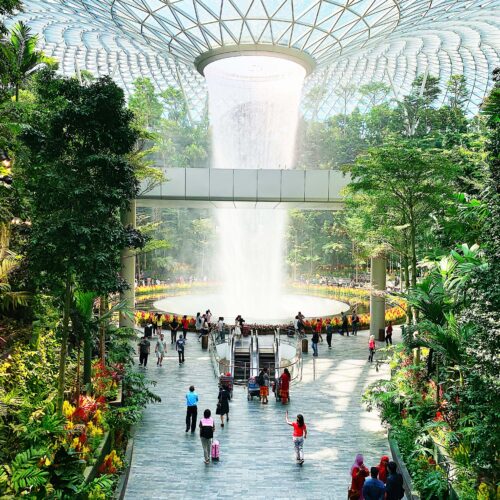From Snorkeling to Sunbathing, Find Your Perfect Reef Adventure and Get Your Funny Bone Tickled Along the Way

The Great Barrier Reef is located in the Coral Sea, off the coast of Queensland, Australia. It stretches over 2,300 kilometers (1,400 miles) along the east coast of Australia, from the northern tip of Queensland down to Bundaberg in the south.
It is the world’s most extensive coral reef system and is home to a vast array of marine life, including over 1,500 species of fish, 600 species of coral, and countless other species of marine animals.
Here are some things you can do at the Great Barrier Reef:
- Snorkeling: Snorkeling is a popular activity at the Great Barrier Reef and an excellent way to explore the underwater world of the reef.
- Glass-bottom boat tours: If you want to stay dry while exploring the reef, glass-bottom boat tours are a great option. You can see the reef’s stunning marine life from the comfort of a boat.
- Helicopter tours: If you want a unique perspective, you can take a helicopter tour over the Great Barrier Reef. It’s a fantastic way to see the scale and beauty of the reef from above.

- Scuba diving: You can try scuba diving for a more immersive experience. There are various diving sites, ranging from shallow coral gardens to deeper water.
- Island tours: There are various islands along the Great Barrier Reef, each with a unique charm. You can take an island tour to explore these islands and learn more about their history and culture.
- Whale watching: During the winter months, you can watch humpback whales migrate through the Great Barrier Reef.
- Fishing: The Great Barrier Reef offers excellent fishing opportunities, with many fish species to catch.
- Swimming: Of course, you can swim in the crystal-clear waters of the Great Barrier Reef. Remember to follow all safety guidelines and respect the reef’s delicate ecosystem.
- Sunbathing: The Great Barrier Reef offers plenty of beautiful beaches to relax and soak up the sun.
- Photography: Whether you’re an amateur or professional photographer, the Great Barrier Reef offers endless opportunities to capture stunning photos of the reef’s marine life and scenery.
Did you know?
One interesting fact about the Great Barrier Reef is that it is home to a unique turtle called the “green sea turtle.” These turtles are one of the few species of turtle that feed almost exclusively on seagrasses. They play an essential role in maintaining the health of the seagrass beds, which in turn provide habitat and food for many other species of marine life.
Another interesting fact is that the Great Barrier Reef is not a single, continuous reef but comprises over 2,900 individual reefs and 900 islands!
A little history:
The Great Barrier Reef is estimated to have formed over 25 million years ago through coral growth on top of existing rocks.

Indigenous Australians have lived near the reef for thousands of years and have a deep spiritual connection. They call the reef “Kulki” or “Kooba” and have many stories and legends about its creation.
Captain James Cook was the first European to discover the Great Barrier Reef; he sailed past it in 1770. Cook named it “Great Barrier Reef” after his ship, the HMS Endeavour, ran aground on a nearby reef and was damaged.
The reef has been used for fishing, trade, and transportation for thousands of years. In the 19th century, the first European settlers began to use the reef as a shipping lane, leading to many shipwrecks.
The Great Barrier Reef was declared a marine park in 1975, and in 1981, it was designated a UNESCO World Heritage Site. Today, it is one of the world’s most popular tourist destinations and is considered one of Earth’s most important natural wonders.
The reef faces many challenges today, including climate change, pollution, and overfishing. Efforts are being made to protect the reef, such as reducing greenhouse gas emissions, improving water quality, and managing fishing and tourism activities.


